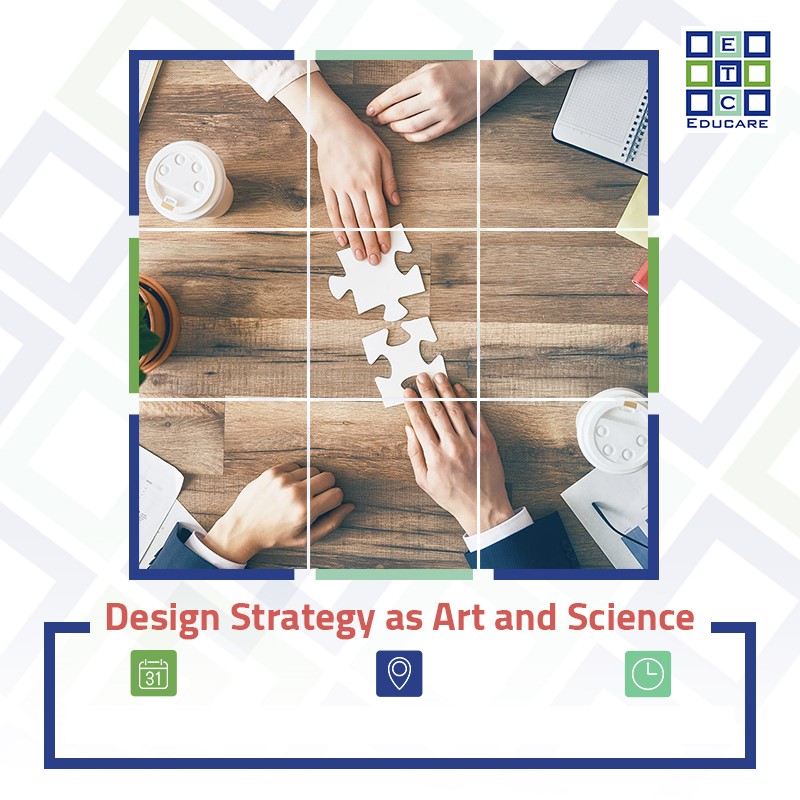
INTRODUCTION:
Most companies invest a great deal of time and effort in formal annual strategic planning processes, with relatively little benefit – or so it seems.
Management guru Henry Mintzberg went as far as labelling “strategic planning” an oxymoron. He noted that real strategy is made informally – in hallway conversations, work groups, and in quiet moments of reflection by the organization’s senior decisionmaker. To an extent we agree with Mintzberg’s observations: we found that few really important strategic decisions are made in the context of a formal process.
But we also found that, when approached with the right frame of mind, formal planning need not be a waste of time and can in fact be a real source of competitive advantage. Companies that are truly successful in this use strategic planning not only to generate a plan, but to embark on a process of “strategic thinking” that serves as a learning tool to develop the organization and its people.
This course illustrates that strategy, and strategic thinking, is more than just number-crunching. Yes, there are elements to it that are scientific. But because strategy management is largely people management, it is also an art.
This course is unique in that it fuses the best of many present-day strategy authors together into an overarching, practical whole that is useful to managers at especially senior levels. It starts with the history of the concept of strategy, explains how managers should think strategically about the future of the organization, then moves onto a more practical realm in terms of planning and execution, whilst simultaneously taking notice of the risks that (a) a strategy should address, but (b) also residual risks that arise as a result of strategy implementation.
COURSE DESCRIPTION:
The purpose of this course is to provide the principles and methodology underlying strategy development. This course is relevant to both the public and private sectors.
WHO SHOULD ATTEND:
Although there are no formal entry requirements, it should be recognized that this is a senior-level course. Hence the attendees should have some practical working knowledge of strategy, and will probably operate at the level of Manager/General Manager, or Director. A good command of the English language is required.
GENERAL COURSE OUTCOMES:
· The ability to develop Strategy and to employ Strategic Thinking.
· The ability to develop a Strategic Plan with all associated Metrics.
· The ability to implement a Strategic Plan and to Measure its Outcome.
COURSE OUTLINE:
1. The Ability to Develop Strategy and to Employ Strategic Thinking.
a. Strategy Development in Context – the History and Lessons.
b. How to Develop the Strategic Thinking Framework and Driving Forces.
c. Strategic Assumptions formulation.
d. The use of Scenarios in Strategic Thinking and Planning.
e. How to Define the Game – Stakeholders and Rules.
f. The Identification of Strategic/Critical Issues.
g. Drafting the (initial) Strategic Profile of the organization.
2. The Ability to Develop a Strategic Plan with all Associated Metrics.
a. The Principles of Strategic Planning.
b. How to draw Strategy Maps and Strategy Themes.
c. Translating Strategy into Operations.
d. The Identification of Performance Measures and Targets.
e. Aligning the Organization and the Strategy.
f. Overcoming Key Organizational Hurdles during Strategizing.
3. The ability to Implement a Strategic Plan and to Measure its Outcome.
a. Identify and Manage Risk Events.
b. Identify Initiatives.
c. Implement the Process.
COURSE DELIVERABLES:
1. Instruction by an expert facilitator.
2. Manual and course materials.
3. Personalized certificate of completion.
